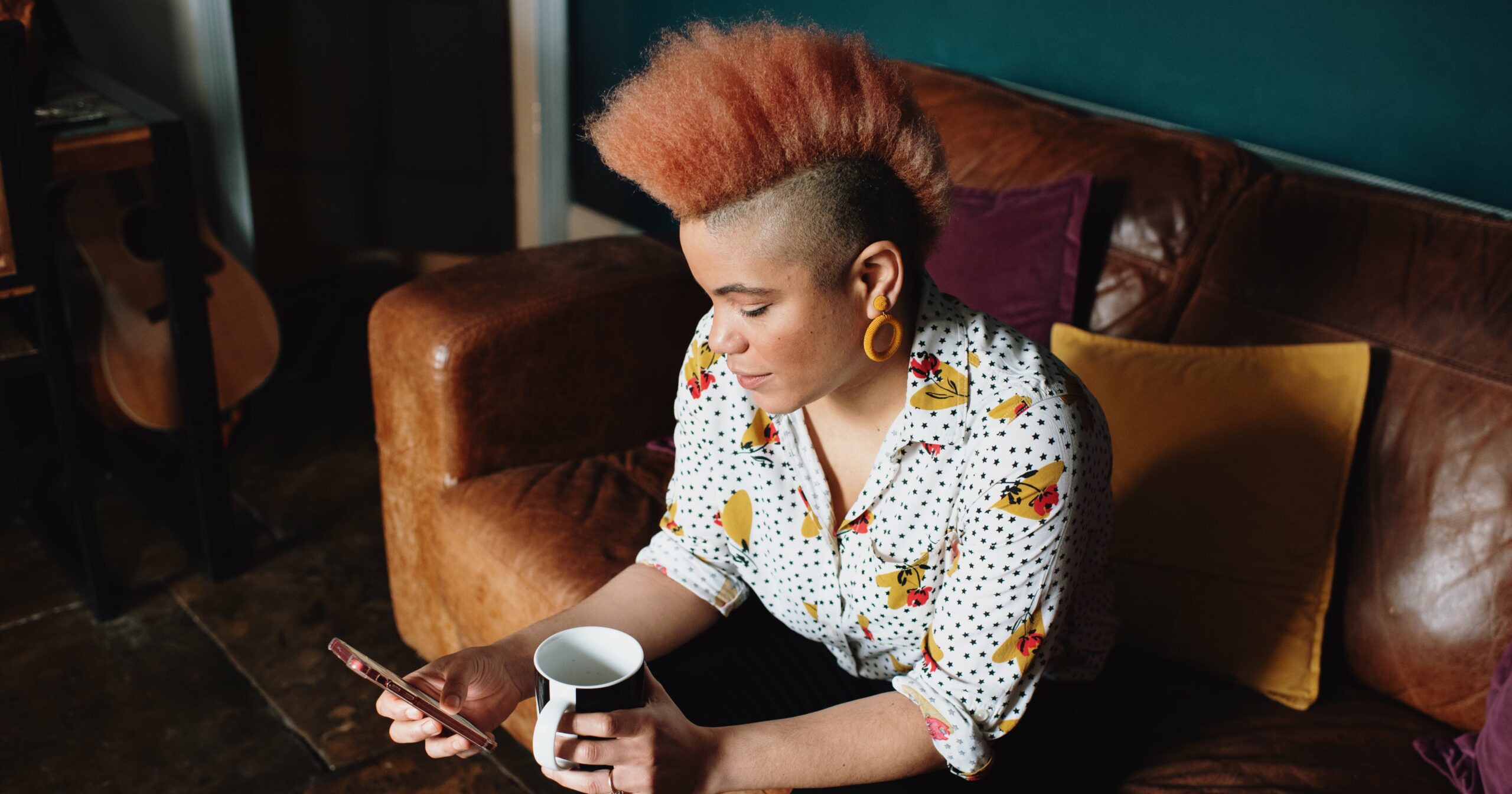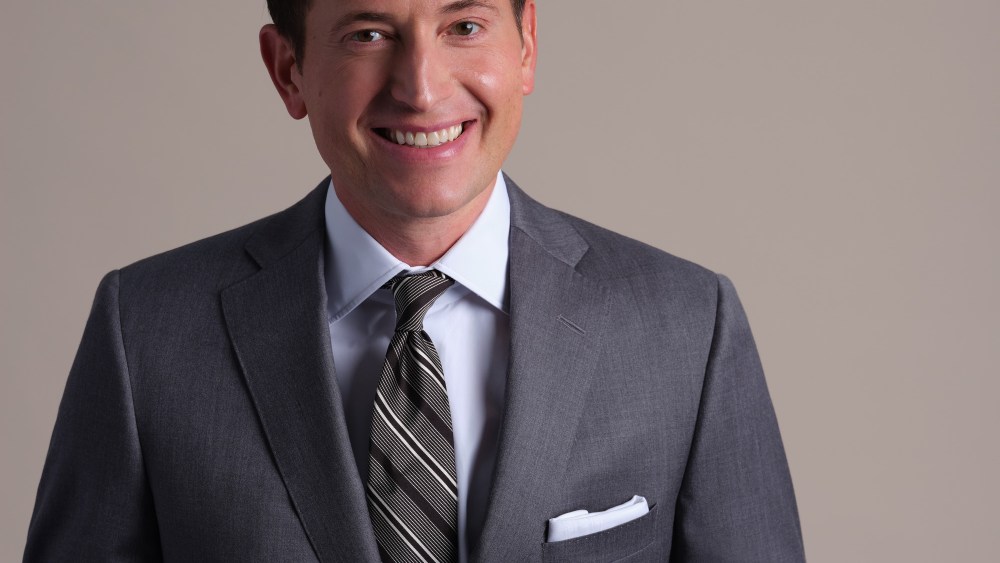988, the nation’s mental health-specific crisis hotline was launched in July 2022 as immediate resource for people experiencing mental health emergencies like suicide ideation, addiction, panic attacks, and more.
But since its inception, there have been some concerns about the hotline’s efficacy and what exactly happens when you call 988. Most recently, research published in JAMA Network Open found that while approximately 1 in 20 respondents with serious distress had used the 988 Lifeline, only about one-third of these users were very likely to use it in the future.
“We envision a nation where everyone in crisis has someone to talk to, someone to respond and a safe place for help. While the 988 Lifeline is a significant step toward achieving that vision, we recognize that there is still a long way to go,” Monica Johnson, MA, LPC, Director of the 988 & Behavioral Health Crisis Coordinating Office told POPSUGAR in a statement.
The organization “continues to keep information it receives in mind” regarding improvement,” says Johnson, who works under the Substance Abuse and Mental Health Services Administration (SAMHSA). But she is proud of the level of outreach 988 has had thus far (more than 6 million contacts have been received since the hotline launched, Johnson says).
Considering the fact that more than 12 million people had serious thoughts of suicide and one in 20 adults experienced a serious mental illness in 2020, per the National Alliance on Mental Illness (NAMI), it’s clear that people don’t just need more mental health resources – they also need alternatives to 911, which can result in police involvement or law enforcement dispatched to your home.
“We believe strongly that people who are in a mental health crisis deserve a mental health response, not a criminal justice response,” Jennifer Snow, national director of government relations, policy, and advocacy at NAMI told POPSUGAR.
A survey conducted by NAMI found that 46 percent of people would not feel safe calling 911 for help if their loved ones were experiencing a mental health or suicide crisis. The reason is likely in part because interactions between the police and those with mental illness have been dangerous and at times deadly. In fact, per NAMI, one in four fatal police shootings between 2015 and 2020 involved a person with a mental illness, and those with mental illness who do survive police response run the risk of jail or prison time. (For context, two million people with mental illness end up in the nation’s jails every year.)
That being said, there has also been some worry that 988 may not be safe enough. Some mental health professionals, like Liz Winston, a peer support coach specializing in helping people leave the mental health system, have shared their concern about the resource not being “friendly enough” and called on people not to post about or recommend the hotline without considering the risks of police involvement, involuntary treatment, and medical debt, among other factors.
Winston’s cautionary approach isn’t unfounded. One report published in the Harvard Review of Psychiatry found that suicide deaths and attempts increase drastically after being released from psychiatric hospitalization. Additionally, one review found that in 2014, “24 states – accounting for 51.9% of the U.S. population -recorded 591,402 emergency involuntary detentions, a crude rate of 357 per 100,000 persons.” And instances of forced psychiatric care, people who don’t even want treatment are left with hefty bills at the time of their release.
But that’s not to say that people can’t benefit from using the service. “I think that 988 is a great resource to provide assistance for people in mental health crises,” says Natalie Jones, PsyD, a licensed professional clinical counselor and advisory board member for POPSUGAR’s condition center, who remains optimistic about the benefits. “Mental health professionals like for their clients to have as many resources as possible when they are not able to reach us directly but need more immediate assistance. Sometimes, it can be a matter of having someone to talk to and problem solve that will calm down emotional duress,” Dr. Jones adds.
Ultimately, change doesn’t happen overnight and those in charge are hoping to improve 988 via resources like the recently funded clinical training evaluation to assess the effects of standardized core training curriculum, as well as pre- and post-988 contact surveys, Johnson says. “Transforming the behavioral health crisis system in this country, with the 988 Lifeline at its core, will take time, and we know that there is more work needed to continue strengthening this life-saving service,” she adds.
Ahead, here’s everything you need to know before dialing 988.
Who Are You Dialing When You Call 988?
When you dial 988 from anywhere in the country, you are calling the 988 Suicide and Crisis Lifeline, previously the National Suicide Prevention Lifeline. The previous number for the National Suicide Prevention Lifeline (1-800-273-TALK) has been redirected to 988, making it easier to reach the services you need. On the other end of the phone, you will first hear a greeting message, and then you’ll be directed to a crisis counselor at a local call center based on your area code, Hannah Collins, a spokesperson for Vibrant Emotional Health, administrators for the 988 lifeline, told POPSUGAR. If for some reason the call center does not have the capacity to take your call, you will be directed to the national backup center.
Each center is independently operated, but most centers employ a mix of staff and volunteers. “All centers train all of their call takers, with an average of 90 hours of training,” Collins says. The Lifeline also provides several tools and resources to support the call takers, including a safety assessment site, webinars, and a number of guidance documents and tip sheets.
Will Someone Be Dispatched to Your Home or Current Location?
Sometimes. “The goal is that people who call 988 get the help that they need, and in most cases, that means being deescalated over the phone,” Snow explains. Crisis counselors will also connect callers with follow-up services and resources. A 2019 analysis of the crisis system in Tucson, AZ, from Arizona Complete Health showed that 80 percent of crisis-line calls were resolved without dispatching mobile crisis team, law enforcement, or emergency medical services. But if you need in-person help, the type of dispatch you receive will depend on whether there is a mobile crisis unit available in your area. Those working on mobile crisis teams are behavioral health professionals (i.e., social workers, peer specialists, and family peer advocates). If a mobile crisis center is unavailable in your area, it may fall on 988 to send police response. Eventually, the goal is to be nationally equipped to dispatch specially trained responders to your crisis location.
Does It Cost You Anything to Call 988?
No. “It will never cost anybody to call the lifeline,” Snow says. But in terms of how the resource is funded, it’s a combination of federal, state, and local funds. On the federal level, there is legislation that allows states to tack on a user fee for 988 to phone bills, similar to the one you automatically pay for 911. But you will never be charged for calling the lifeline itself.
Are there options other than 988?
If you feel concerned about calling 988, but need assistance and support, there are other call lines available.
- Blackline offers immediate crisis counseling for Black, Brown Indigenous, and LGBTQ+ people.
- Trans Lifeline is a peer support phone service run by trans people for trans and questioning people. The site guarantees full confidentiality and no nonconsensual active rescue, including 911, emergency services, or law enforcement
- Wildflower Alliance offers peer support, trauma-informed call lines as well as alternative healing practices, housing support, and consultations.
– Additional reporting by Sara Youngblood Gregory




